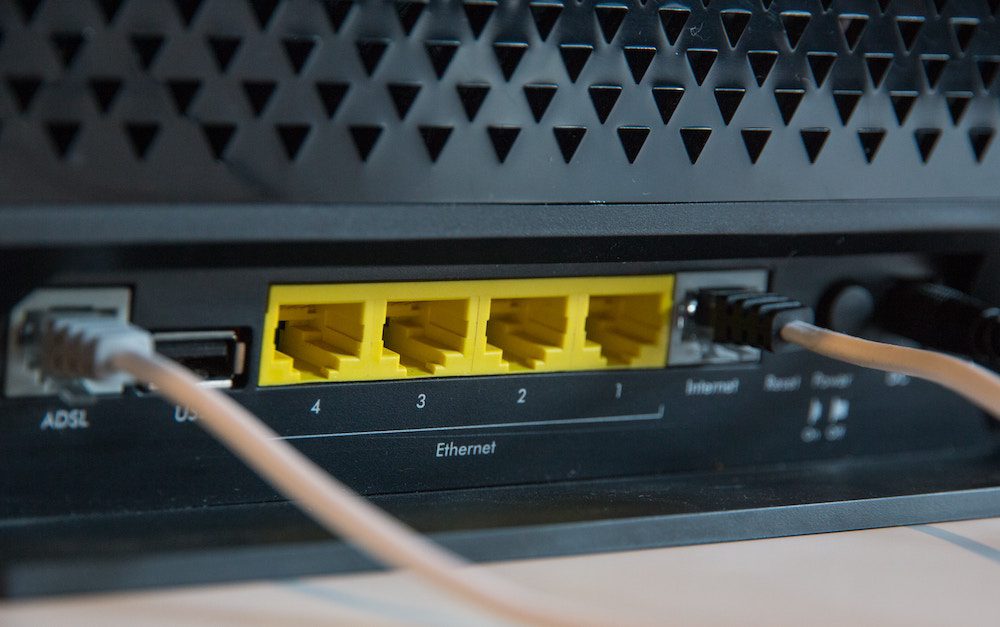Business broadband speeds can be a confusing topic for many business owners. With so many different options and technical terms, it can be difficult to determine how much bandwidth your business actually needs. However, understanding your broadband speeds is crucial for ensuring that your business runs smoothly and efficiently.
We’ll demystify business broadband speeds and help you determine how much bandwidth your business requires. We will also explain the technical terms and jargon associated with broadband speeds, and provide practical advice on how to choose the right broadband package for your business. Whether you’re a small business owner or a large corporation, this post will provide you with the knowledge and tools you need to make an informed decision about your broadband speeds.
The Importance of Business Broadband Speeds
As businesses increasingly rely on the internet for day-to-day operations, having a reliable and fast broadband connection is crucial. Slow internet speeds can lead to decreased productivity, missed deadlines, and frustrated employees. So, let’s discuss the importance of business broadband speeds and how much bandwidth you need to ensure optimal performance.
One of the main reasons why business broadband speeds are important is that they directly impact the speed at which your employees can work. Slow internet speeds can lead to increased loading times for web pages, files, and applications, which can significantly slow down work processes. This can lead to decreased productivity and missed deadlines, which can ultimately affect your bottom line.
Another reason why business broadband speeds are important is that they can affect the quality of your video and voice conferencing. If your internet connection is slow, video and voice calls can become choppy and difficult to understand, which can lead to miscommunications and misunderstandings. This can be particularly problematic if you have remote employees or clients who rely on video conferencing to communicate.
As well as affecting productivity and communication, slow internet speeds can also impact your ability to compete in the market. In today’s fast-paced business environment, customers expect businesses to be able to respond quickly to their needs. Slow internet speeds can make it difficult to respond to customer inquiries and requests in a timely manner, which can lead to lost business.
Having a fast and reliable broadband connection is essential for businesses of all sizes. It can improve productivity, communication, and customer satisfaction, while also giving you a competitive edge in the market. In the next section, we will discuss how much bandwidth you need to ensure optimal performance.
How Much Bandwidth Does Your Business Need?
Determining how much bandwidth your business needs can be a bit tricky. It depends on the number of employees, the type of work they do, the number of devices they use, and the type of applications they run. Here are some general guidelines to help you estimate your bandwidth requirements:
Basic Internet Usage
If your employees mainly use the internet for email, browsing, and basic web applications, you’ll need a minimum of 1 Mbps per user. For example, if you have 10 employees, you’ll need at least a 10 Mbps connection.
Video Conferencing
If your business relies heavily on video conferencing, you’ll need more bandwidth. A standard definition (SD) video call requires around 1.5 Mbps, while a high definition (HD) call needs at least 3 Mbps. If you have multiple people on a call, you’ll need to multiply the bandwidth requirement accordingly.
Cloud Applications
If your business uses cloud-based applications, such as Salesforce or Office 365, you’ll need more bandwidth to ensure a smooth experience. These applications require a constant connection to the internet, so you’ll need to factor in the number of users and the type of applications you’re running.
File Sharing and Backups
If your business regularly shares large files or performs backups to the cloud, you’ll need more bandwidth. A good rule of thumb is to add 50% to your existing bandwidth requirements.
Multiple Locations
If your business has multiple locations, you’ll need to consider the bandwidth requirements for each location. You’ll need to factor in the number of employees, the type of work they do, and the type of applications they run at each location.
Determining how much bandwidth your business needs depends on various factors. It’s essential to consider the number of employees, the type of work they do, and the type of applications they run when estimating your bandwidth requirements.
Factors Affecting Bandwidth Requirements
When it comes to determining the amount of bandwidth your business needs, there are a few factors that come into play. Here are two key factors that can affect your bandwidth requirements:
Number of Users
The number of users in your business is an important factor in determining the amount of bandwidth you need. The more users you have, the more bandwidth you will need to ensure that everyone can access the internet and other online resources without experiencing slow speeds or buffering issues.
As a general rule, we recommend that you have at least 3 Mbps of bandwidth for every user in your business. So, if you have 10 employees, you should have at least 30 Mbps of bandwidth. However, this is just a rough guideline, and your actual bandwidth requirements may vary depending on the type of business operations you have.
Type of Business Operations
The type of business operations you have can also affect your bandwidth requirements. For example, if you run a graphic design company that regularly uploads and downloads large files, you will need more bandwidth than a business that primarily uses email and basic web browsing.
Here are a few examples of how different types of businesses may require different amounts of bandwidth:
- Small office with basic web browsing and email: 10-20 Mbps
- Medium-sized office with moderate web browsing and cloud-based applications: 50-100 Mbps
- Large office with heavy file sharing, video conferencing, and other bandwidth-intensive operations: 500+ Mbps
Keep in mind that these are just rough estimates, and your actual bandwidth requirements may vary depending on your specific business operations.
The number of users and the type of business operations you have are two key factors that can affect your bandwidth requirements. By taking these factors into account, you can ensure that you have enough bandwidth to support your business operations without experiencing slow speeds or other issues.
Choosing the Right Business Broadband Package
When it comes to choosing the right business broadband package, there are a few things to consider. We’ll walk you through assessing your needs and comparing providers to help you make an informed decision.
Assessing Your Needs
Before selecting a broadband package, it’s important to assess your needs. Consider the following factors:
- Number of employees: The more employees you have, the more bandwidth you’ll need.
- Types of activities: If your business relies heavily on video conferencing or large file transfers, you’ll need more bandwidth than a business that primarily uses email and web browsing.
- Peak usage times: If your business experiences heavy internet usage during specific times of the day, you’ll need a package that can handle that traffic.
Once you’ve assessed your needs, you can determine the appropriate bandwidth for your business.
Comparing Providers
Once you know what you need, it’s time to compare providers. Consider the following factors:
- Speed: Look for a provider that offers the speed you need at a reasonable price.
- Reliability: Check reviews and ask for references to ensure the provider has a history of reliable service.
- Customer support: Make sure the provider offers quality customer support in case you encounter any issues.
By assessing your needs and comparing providers, you can choose the right business broadband package for your company’s needs.
Dealing with Slow Business Broadband Speeds
Identifying the Issue
When dealing with slow business broadband speeds, the first step is to identify the issue. There are several reasons why your broadband speed may be slow, including:
- Congestion: If there are too many people using the same connection, it can cause congestion and slow down the speed for everyone.
- Distance: The further you are from the exchange, the slower your broadband speed will be.
- Old Equipment: Outdated equipment can also cause slow broadband speeds.
Possible Solutions
Once you have identified the issue, there are several possible solutions that you can try:
- Upgrade Your Package: If you are on a basic package, upgrading to a faster package can improve your broadband speed.
- Invest in New Equipment: Investing in new equipment, such as a new router or modem, can also improve your broadband speed.
Slow business broadband speeds can be frustrating, but there are several possible solutions that you can try. By identifying the issue and exploring possible solutions, you can improve your broadband speed and ensure that your business runs smoothly.
At Prestige Telecom Group, we offer business broadband solutions to meet your unique needs. Contact us today to discover how our team can help you benefit from business broadband.





